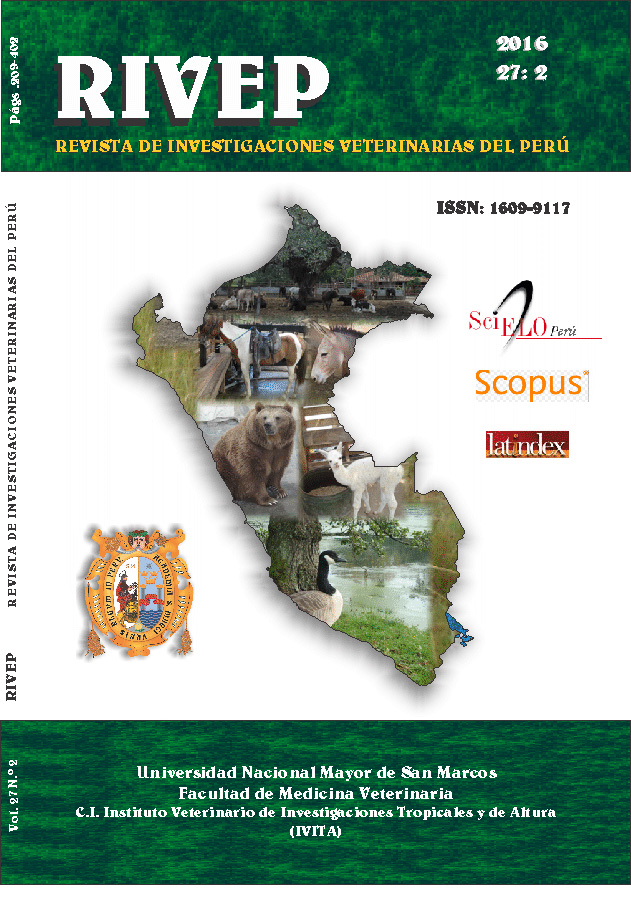Perceived benefits of pet ownership by middle-aged people with type 2 Diabetes mellitus
DOI:
https://doi.org/10.15381/rivep.v27i2.11646Keywords:
personal satisfaction, psycho-emotional health, metabolic control, physical activities, companion animalsAbstract
The study was conducted to explore the perception of people of middle-age with Type 2 Diabetes Mellitus (DM2) regarding ownership of companion animals and their relationship with personal satisfaction, benefits on mental health and metabolic control, and to the motivation on practicing physical activities. The study was descriptive, crosssectional, with 85 people from 49 to 58 years of age who had DM2, and were residents of Havana, Cuba. A self-administered questionnaire for assessing these aspects and obtaining demographic data was constructed. The results showed that 82% of the people felt very satisfied to share their lives with companion animals, 84% perceived a very beneficial relationship for their mental health, and 98% admitted that they were motivated to take better care of DM2. Also, within the 43 people who have dogs, 65% felt motivated to perform physical activities with their animals (long walks).Downloads
Downloads
Published
Issue
Section
License
Copyright (c) 2016 Beatriz Hugues H., Aimee M. Álvarez Á., Lizet Castelo E., Loraine Ledón L., Madelín Mendoza T., Emma Domínguez A.

This work is licensed under a Creative Commons Attribution-NonCommercial-ShareAlike 4.0 International License.
AUTHORS RETAIN THEIR RIGHTS:
a. Authors retain their trade mark rights and patent, and also on any process or procedure described in the article.
b. Authors retain their right to share, copy, distribute, perform and publicly communicate their article (eg, to place their article in an institutional repository or publish it in a book), with an acknowledgment of its initial publication in the Revista de Investigaciones Veterinarias del Perú (RIVEP).
c. Authors retain theirs right to make a subsequent publication of their work, to use the article or any part thereof (eg a compilation of his papers, lecture notes, thesis, or a book), always indicating the source of publication (the originator of the work, journal, volume, number and date).










